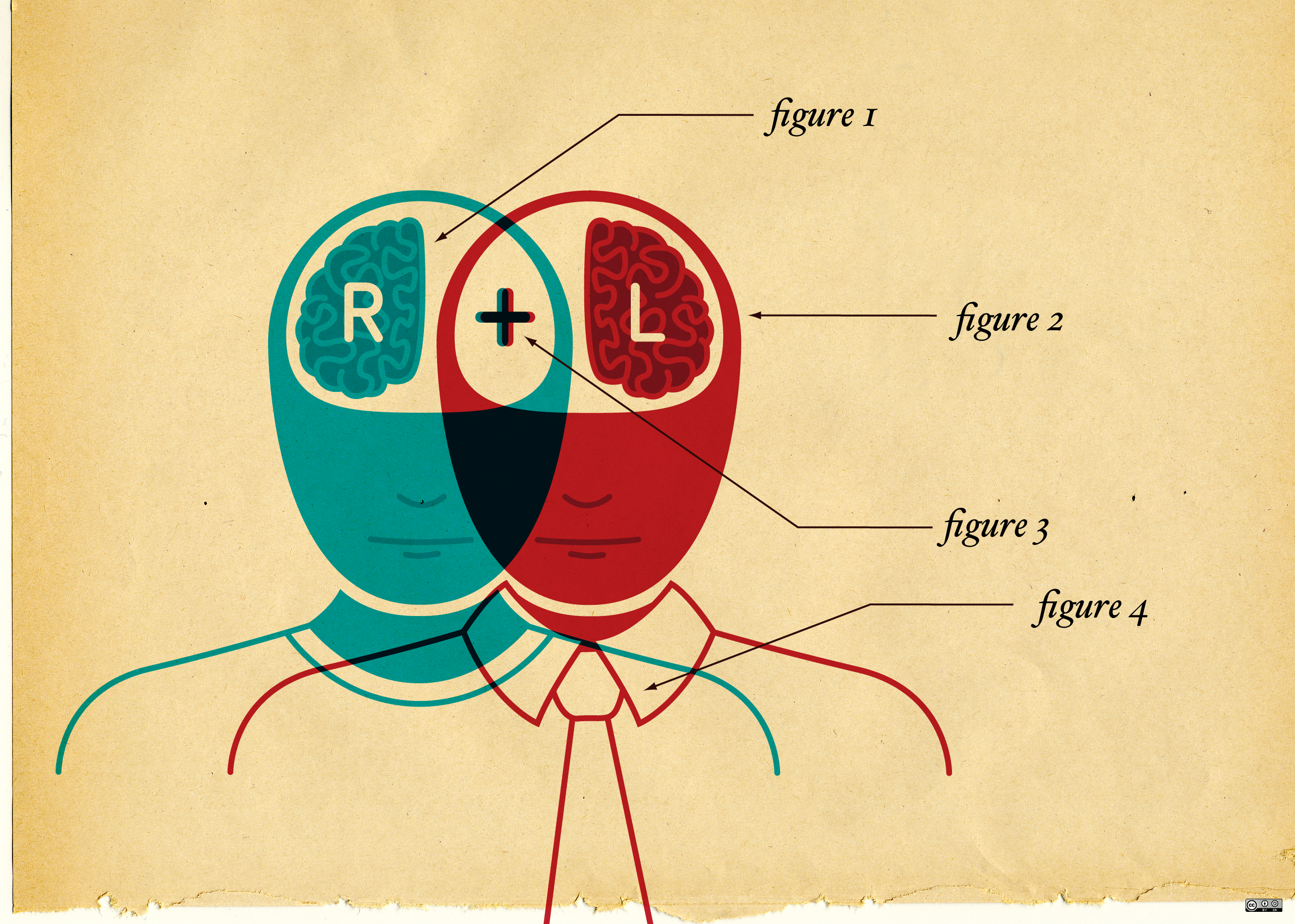My former life in academia and my current one in branding have taught me everyone has the skill set within them to be what I call a creative strategist. I believe strategy is a creative skill, requiring our whole brains; the logic and rational working effortlessly with the non-verbal, passionate and the visual. A creative strategist knows how to use data, ethnography and trends to tell a story for clients. To talk about what’s going on in the world without vague platitudes. (Millennials want authenticity and honesty!) Creative strategy sets into motion a brand study or brand integration that is both granular and deep.
Creative Strategist: Person who uses several types of data and applies to a problem or project.
While we should all be strategists, the fact is our work environments and thinking habits get in our way.
In our work lives we must hit metrics, make deadlines and take back-to-back meetings at the office. Our days are consumed with finding ways for everyone to do more with fewer resources, money, people and time. We spend our waking working hours thinking small. And by that I mean we grow accustomed to solving operational problems rather than the big creative knotty ones. We don’t allow ourselves the time to contemplate a project with depth or rigor what I call, thinking big skills.
And thinking small isn’t necessarily bad.
It’s a necessary part of running a successful creative work environment. But, when thinking small preoccupies us and becomes a fixation, it diminishes the culture, business and eventually, the people around us. People start getting in the way of their own thinking and creative capabilities; they look to what others have done before them or try formulas. People begin to believe it simply takes too much energy and time to think big for clients. The work culture and individual habits form a dysfunctional quality, where changing demographics, consumer tastes and technological disruption become a blur of problems without solutions.
What is the relationship between strategy and creativity?
- Some would say they have little in common. But I think they are more interconnected than many assume. Strategy involves combinatory thinking. Combinatory thinking looks to data, but to other sources disciplines and trends. You’ve got to read up, mix and match, and spend time listening, reading, doing and applying to creative work.
- Creative Strategy uses a visual thinking toolkit. Visual thinking combines our imagination and drawing or visual techniques. A toolkit has exercises to stimulate ideas and take you out of your ordinary brain strengths. We tweeted about one such exercise: Sit in your chair and imagine the buildings behind you. What are people doing there? Go to the building behind the first building. What are people doing there? Write down notes and draw pictures.
- The best strategy comes from operationalizing creativity into the office. Tag on 15-minute work sessions after other less creative meetings. Research shows creative work sessions after “boring” meetings can spur divergent thinking, the fuel for creative work.
- Strategists daydream. When tackling a creative problem, and after you’ve met with other people to collaborate, give yourself time to process the information. Creativity flows from the unconscious and once you’ve stuffed your brain with the food of data, trends, information, books and thinkers, let your unconscious have its way with the problem.
- Creative Strategists have disciplined individual habits. As much as I’ve talked about unleashing your talent, the best work comes from a disciplined set of work habits. Work at the same time every day, produce visuals or writing with set goals, and fuel your imagination with quality books and movies.
How do you think big? I’d like to hear how these tips work for you!
— Kate Canada Obregon

